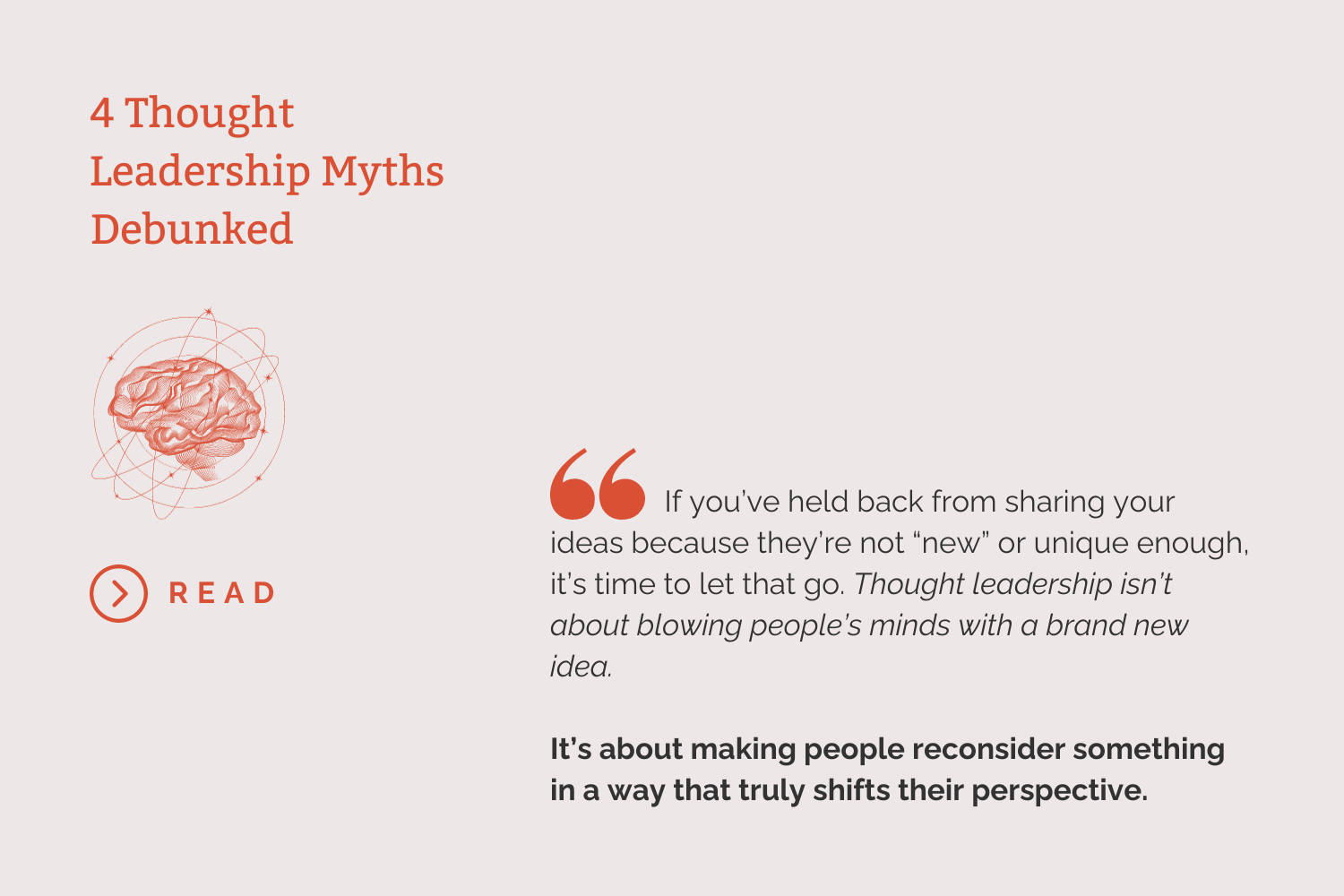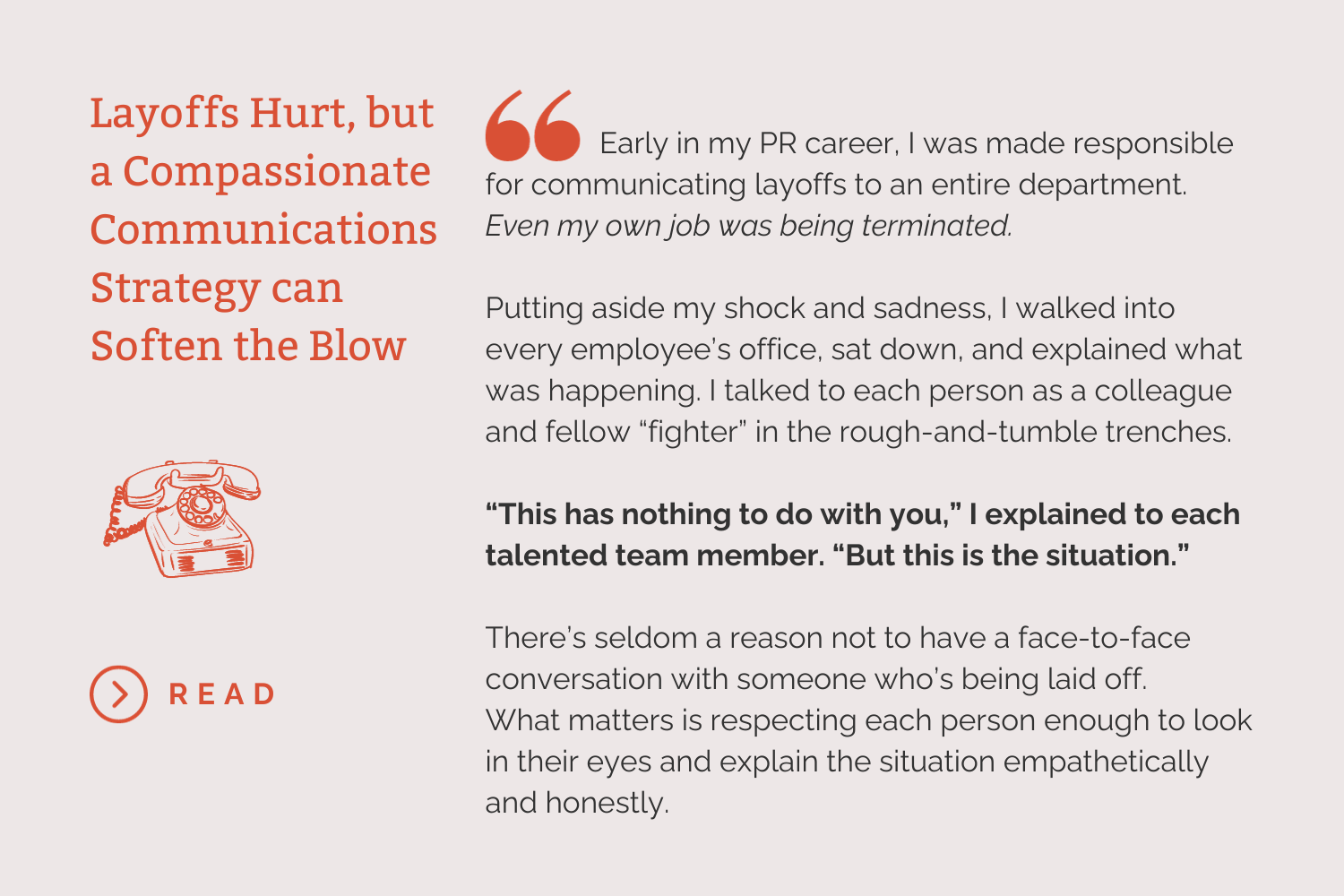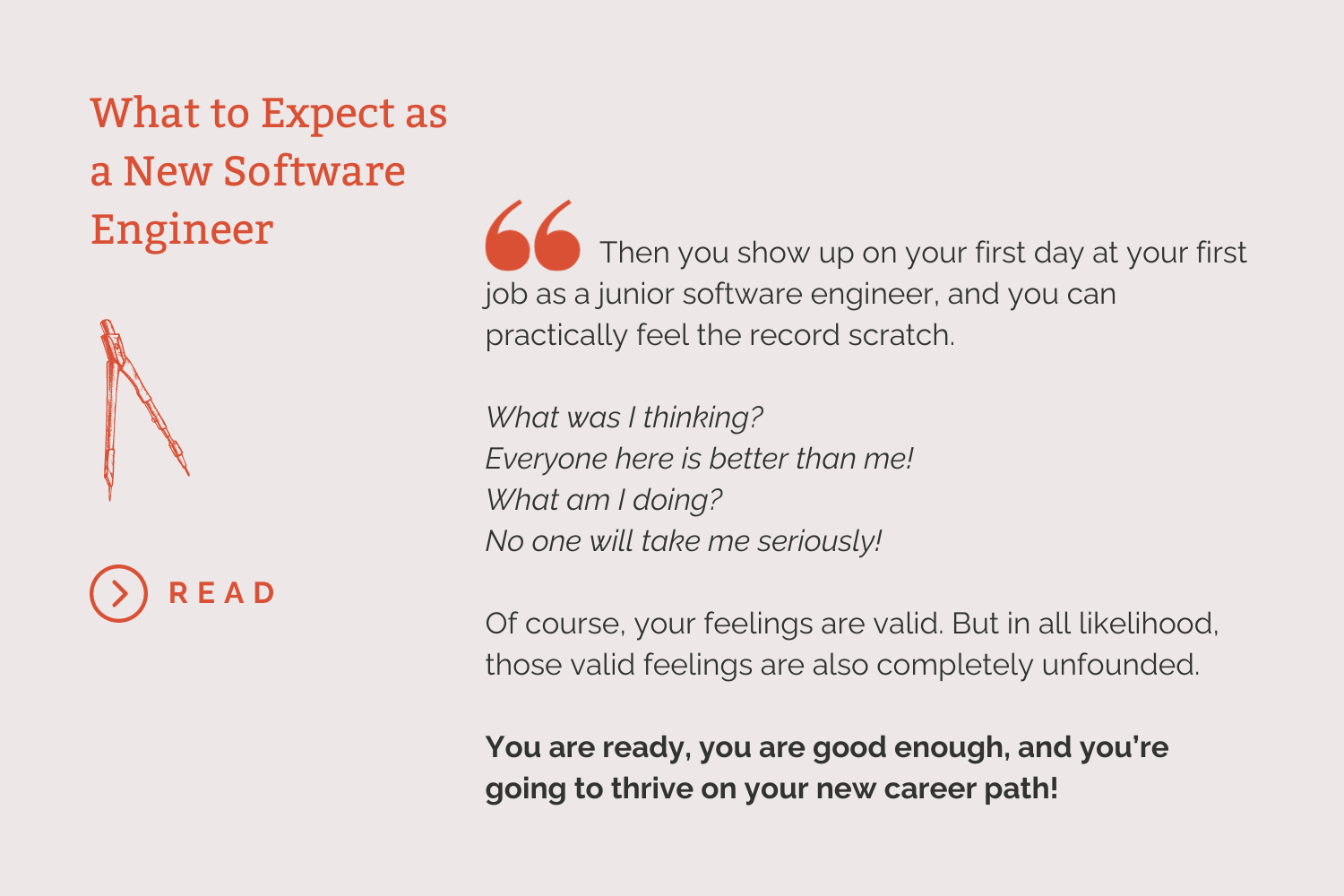Maintain fresh content with professionally ghostwritten articles in your voice. These ghostwriting examples offer a glimpse behind the scenes.
You’re doing incredible work. Does anyone know?
Working in your business can take precedence over working on your business—especially when running a small but growing organization. But if you can’t find time to spotlight your hard-earned successes, how will anyone know about the meaningful impact your company is making?
You need blog articles, social media posts, and email newsletters to share your insights, showcase your solutions, and build brand loyalty. But first:
You need a ghostwriter.
When you work with an expert ghostwriter, you get content that’s:
- #1: Written in your voice
- #2: Centered around your ideas
- #3: Targeted to your audience
- #4: Informed by your industry
Why get a ghostwriter when AI exists?
Because AI doesn’t write; it recycles.
If you want to express a new idea, promote a new perspective, or announce a new initiative, you have to get that information from your head into ChatGPT (or whatever AI tool you’re using.)
AI can’t scrape the internet for reference material because your New Thing doesn’t exist yet. You will need to feed the AI everything you want it to regurgitate.
And that requires writing.
If you have plenty of time to research keywords, create outlines, and draft content, AI may serve you well. But if you’re looking for a hands-off approach that’s thoughtfully tailored to your voice and vision, you need human help.
(Hi! I’m a human!)
As a Marketing Content Writer for Every Little Word, I leveraged recorded calls, automated transcripts, and brand research to turn client insights into top-quality content.
The following ghostwriting examples represent four brilliant small business owners working in dramatically different industries:
#1: Tell the story of a woman-owned precision machine shop.
Writer: Anne Simone for Every Little Word | Client Industry: Manufacturing
Content Overview: Dispel common misconceptions about the manufacturing industry and highlight the client’s progressive approach to operating a successful machine shop.
Collaboration Tip: Nothing inspires me quite like an entrepreneur’s passion for their industry. Clients who vulnerably share their struggles and successes connect best with their audiences. The more authentically you discuss your work, the more authentically you’ll connect with your readers.

#2: Inspire prospective clients by revealing their thought leadership potential.
Writer: Anne Simone for Every Little Word | Client Industry: Marketing
Content Overview: Correct four major myths about thought leadership. Explain what it is, what it’s not, who reads thought leadership content, and how individuals can achieve the lofty title of “thought leader” for themselves.
Collaboration Tip: When you’re a subject matter expert, it’s easy to assume everyone else already knows what you know. More often than not, however, even your most “basic” insights hold incredible value for your followers! Go ahead and BE THE EXPERT. That’s what people want, need, and pay for.

#3: Deliver step-by-step guidance for protecting a company’s public image.
Writer: Anne Simone for Every Little Word | Client Industry: Public Relations
Content Overview: Provide a public relations perspective on how companies should handle layoffs. Explore common mistakes and reveal how to avoid bad press.
Collaboration Tip: Don’t shy away from touchy subjects. Tough topics like this one make excellent blog posts! I love how this piece combines personal stories with actionable advice, all developed from a single 20-minute phone call.

#4: Give easy-to-read guidance to new programming graduates.
Writer: Anne Simone for Every Little Word | Client Industry: Education
Content Overview: Prepare new coding boot camp graduates for their first year of work in a software engineer career. Describe the primary challenges they’ll face and offer solutions.
Collaboration Tip: This company’s founder and CEO is well-versed on every topic he broaches, and it’s incredibly fulfilling to turn his spoken words into easily digestible content for young coders. When you’re working with a ghostwriter, keep your communications informal and natural—the way you’d speak to a friend. This will help your ghostwriter capture your voice.

These examples of ghostwriting for CEOs and brands demonstrate the power of collaboration between an industry leader and a proficient content writer.
Ready to partner with a ghostwriter for great content?
